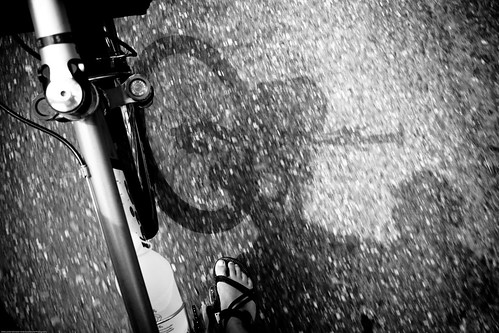Day 417
Setubal
The main event of the day was finding the train station and working out the logistics of getting to Lisbon. After our hard fought battle to get to Seville we are reverting back to our habit of thorough transportation planning. After talking to the guy at the ticket window we are ready for another adventure in a big city. Hopefully we’ll have nothing interesting to report.
Our visit to the train station sparked a spirited conversation as we walked to our next stop. We discussed the combination of bicycles, public transportation, and our experiences throughout the trip. We’ve been able to travel with our bicycles on trains and ferries relatively easily (except for Spain). We also chatted about the utility of the two-wheeled machine and the possibilities it has beyond a recreational capacity. We’ve seen plenty of practical use here in Europe but not enough in the US.
Consider the following (fine graphics are available on the World Bicycle Relief Webpage):
Time
During a commuting day of 10 miles traveled, a bicycle saves 3 hours.
Walking – 2.5 miles per hour
Bicycling – 10 miles per hour
Capacity
Riding a bicycle increases one's capacity by 5 times.
Effort
As time increases, effort to travel increases. Riding a bicycle requires less effort, allowing one to travel farther in less time.
Distance
Over equal units of time, one can ride a bicycle 4 times the distance as one walking.
Setubal
The main event of the day was finding the train station and working out the logistics of getting to Lisbon. After our hard fought battle to get to Seville we are reverting back to our habit of thorough transportation planning. After talking to the guy at the ticket window we are ready for another adventure in a big city. Hopefully we’ll have nothing interesting to report.
Our visit to the train station sparked a spirited conversation as we walked to our next stop. We discussed the combination of bicycles, public transportation, and our experiences throughout the trip. We’ve been able to travel with our bicycles on trains and ferries relatively easily (except for Spain). We also chatted about the utility of the two-wheeled machine and the possibilities it has beyond a recreational capacity. We’ve seen plenty of practical use here in Europe but not enough in the US.
Consider the following (fine graphics are available on the World Bicycle Relief Webpage):
Time
During a commuting day of 10 miles traveled, a bicycle saves 3 hours.
Walking – 2.5 miles per hour
Bicycling – 10 miles per hour
Capacity
Riding a bicycle increases one's capacity by 5 times.
Effort
As time increases, effort to travel increases. Riding a bicycle requires less effort, allowing one to travel farther in less time.
Distance
Over equal units of time, one can ride a bicycle 4 times the distance as one walking.
After waving our righteous fingers, we came to a conclusion. As fuel prices remain high and people are looking for ways to save money, the bicycle is a very viable means of transport. To that end, it is very important that public transportation compliments the choice of traveling by bicycle.
All of that came from finding out that our bikes travel for free on the train tomorrow.
So, where did we go after the train station? We visited the Igreja de Jesus, a late Gothic church built with the Manueline
 architectural style. The church was in a very natural state – not pristine, but not in shambles. The pillars of the church were very unique compared to anything I’ve seen in all of Europe. The design is very ornate while the stone is very rustic. Each column twists from floor to ceiling and provides an interesting contrast to the tile mosaics that line the church walls. The structure is apparently the first to use this particular style and we’ll be looking for more buildings in Lisbon for comparison.
architectural style. The church was in a very natural state – not pristine, but not in shambles. The pillars of the church were very unique compared to anything I’ve seen in all of Europe. The design is very ornate while the stone is very rustic. Each column twists from floor to ceiling and provides an interesting contrast to the tile mosaics that line the church walls. The structure is apparently the first to use this particular style and we’ll be looking for more buildings in Lisbon for comparison.Have a good weekend,
LK


No comments:
Post a Comment